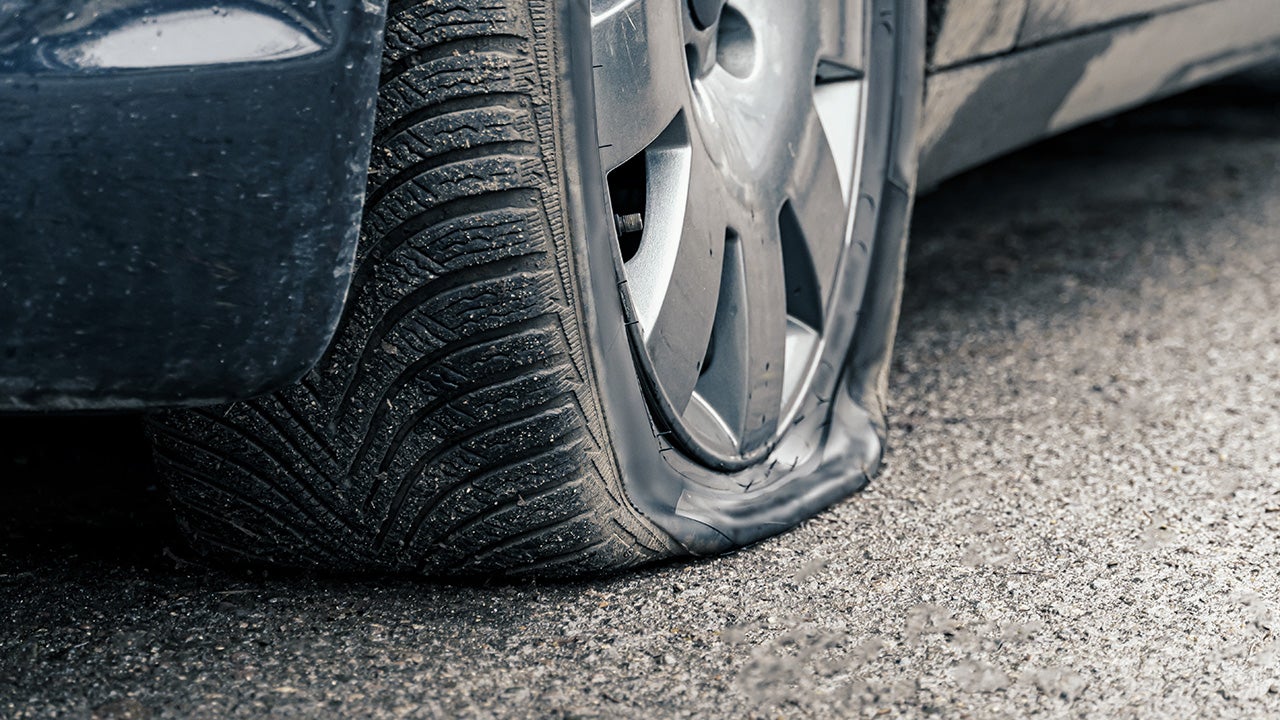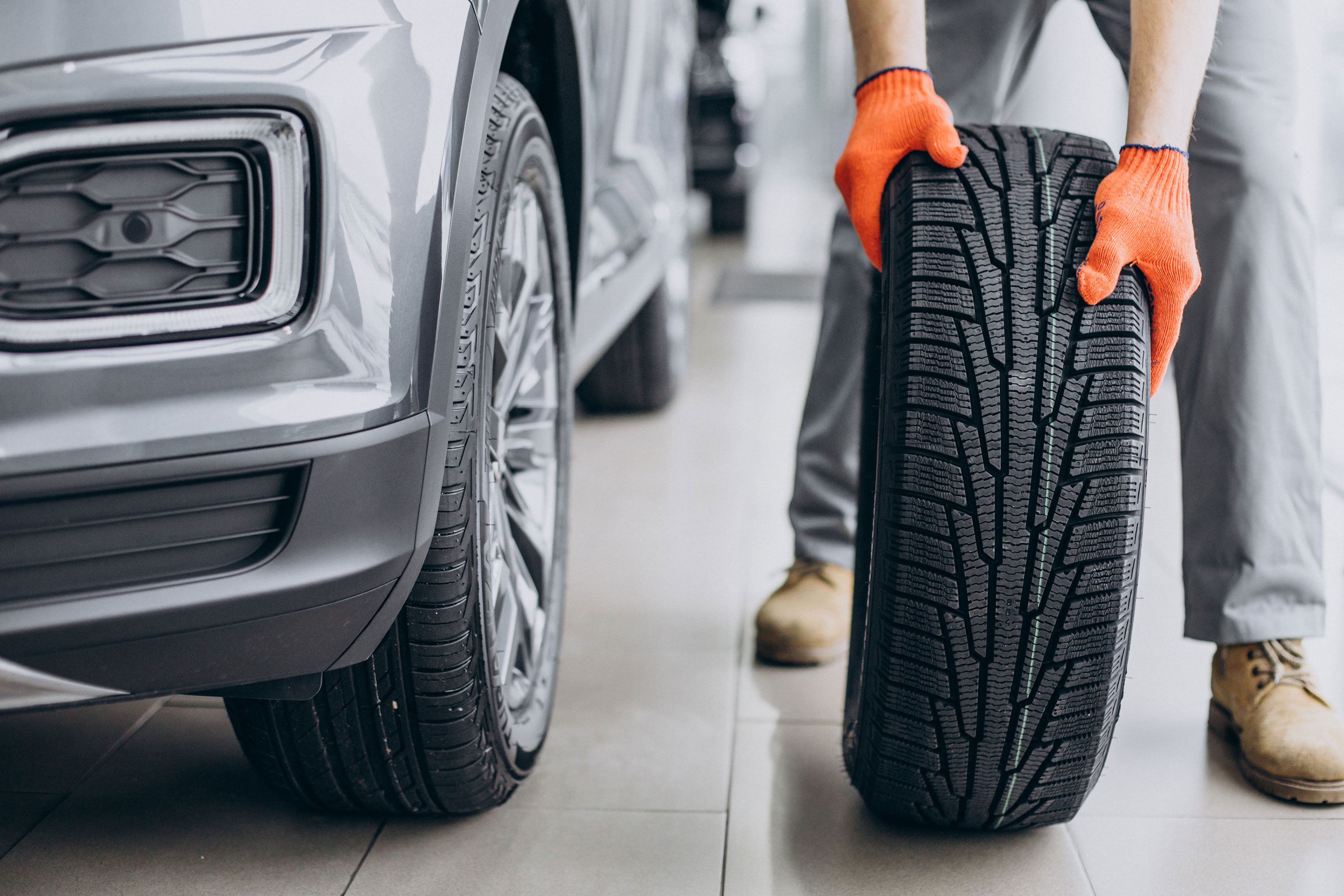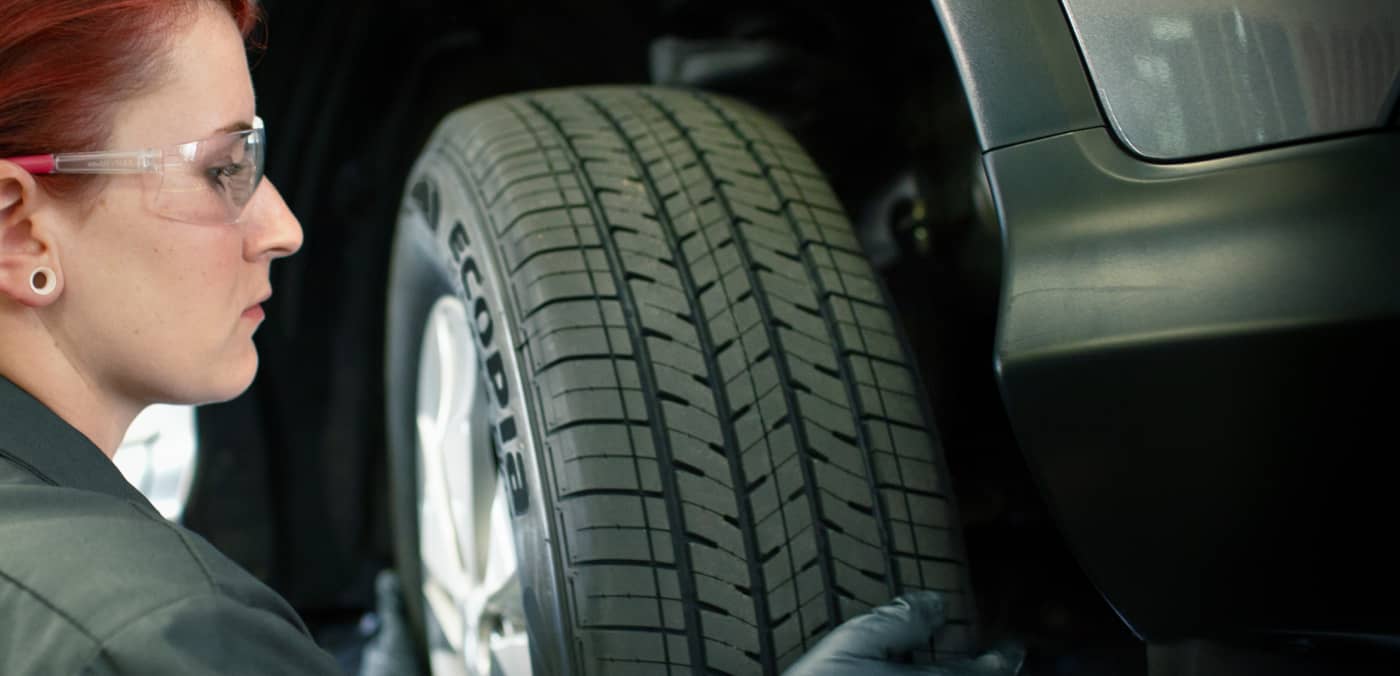All Categories
Featured
Table of Contents
I was able to obtain 100 hours out of one of these tires, and while it had definitely no tire lugs left on it, the soft compound made it work really wellas long as I was utilizing a soft mousse. Kitt Stringer photo Easy installing - 3Wear - 3Sidewall toughness - 3Performance on origins - 4Performance on damp rocks - 2Traction on dirt - 5Cornering capability - 4Traction while stopping - 4Self-clearing of dirt and mud - 3Performance in mud - 3Overall predictability or monitoring - 3 _ 37 Conclusion: This is an excellent well-rounded tire with excellent value for cash.

The wear was consistent and I such as how much time it lasted and how regular the feeling was during use. This would certainly likewise be a good tire for faster races as the lug dimension and spacing bit in well on fast surface. Kitt Stringer photo Easy mounting - 3Wear - 3Sidewall toughness - 3Performance on roots - 4Performance on wet rocks - 4Traction on dirt - 4Cornering ability - 4Traction while braking - 5Self-clearing of dirt and mud - 4Performance in mud - 4Overall predictability or monitoring - 4_42 Conclusion: I liked this tire a whole lot.
If I needed to get a tire for tough enduro, this would be in my top option. Easy installing - 3Wear - 3Sidewall toughness - 3Performance on origins - 4Performance on damp rocks - 3Traction on dirt - 4Cornering ability - 3Traction while braking - 3Self-clearing of dust and mud - 4Performance in mud - 4Overall predictability or monitoring - 3 _ 34 Final thought: This tire was extremely soft and flexible.
All the gummy tires I examined carried out fairly close for the first 10 hours or so, with the victors mosting likely to the softer tires that had better grip on rocks (Car tyres). Investing in a gummy tire will absolutely give you a solid benefit over a regular soft substance tire, but you do pay for that advantage with quicker wear
Tyre Tuning Near Me – Beechboro WA
This is a suitable tire for spring and loss conditions where the dirt is soft with some dampness still in it. These proven race tires are fantastic all about, but use quickly.
My overall winner for a hard enduro tire. If I had to invest money on a tire for everyday training and riding, I would choose this one.
Vehicle Tyres Near Me
I've been running a set of Michelin Power Pilot 2CT's on my track Daytona 675 for the previous year. In that time I have done 15 track days in all climates from chilly wet to incredibly hot and these tires have never missed a beat. Tyre warranty. I've done almost 2,000 miles (3,200 kilometres) on them and as you can see from this shot of the front taken after first session of my 15th track day on them, they still have rather a great deal of rubber left on them
In brief the 2CT is an amazing track day tire. If you're the sort of cyclist that is most likely to come across both damp and dry conditions and is beginning on the right track days as I was in 2014, after that I believe you'll be difficult pressed to locate a far better value for cash and skilled tire than the 2CT; a pair of which will certainly establish you back around 185 (US$ 300) in the UK.
Developing a much better all round road/track tyre than the 2CT should have been a difficult job for Michelin. The outcome of that initiative is the Michelin Pilot Power 3 which essentially changes the Pure. Don't perplex this brand-new tyre with the road going Pilot Roadway 3 which is not designed for track usage (although some cyclists do).
When the Pilot Power 3 released, Michelin suggested it as a 50:50% roadway: track tire. All the biker reports that I have actually reviewed for the tire rate it as a far better tyre than the 2CT in all locations yet especially in the wet.
Wheel Balancing
Technically there are plenty of distinctions between the 2 tyres although both utilize a double substance. Aesthetically you can see that the 2CT has fewer grooves reduced right into the tyre however that the grooves go to the side of the tire. The Pilot Power 3 has even more grooves for much better water dispersal but these grooves do not get to the shoulder of the tire.
One aspect of the Pilot Power 3 which is different to the 2CT is the brand-new 2CT+ technology which extends the harder center section under the softer shoulders (on the rear tire). This must give much more security and decrease any kind of "squirm" when accelerating out of corners in spite of the lighter weight and more adaptable nature of this new tyre.

I was somewhat uncertain concerning these lower stress, it transformed out that they were fine and the tyres done really well on track, and the rubber looked better for it at the end of the day. Just as a factor of referral, various other (quick group) riders running Metzeler Racetecs were using tyre pressures around 22-24 psi for the back and 24-27 psi on the front.
Coming up with a much better all rounded road/track tire than the 2CT must have been a difficult job for Michelin. The result of that initiative is the Michelin Pilot Power 3 which essentially replaces the Pure. Don't confuse this brand-new tire with the roadway going Pilot Road 3 which is not created for track use (although some cyclists do).
Affordable Tyre Checks Near Me ( Swan)
When the Pilot Power 3 released, Michelin recommended it as a 50:50% roadway: track tyre. All the motorcyclist reports that I have actually reviewed for the tire rate it as a better tire than the 2CT in all locations however especially in the wet.

Technically there are many differences in between the two tyres although both utilize a dual compound. Visually you can see that the 2CT has less grooves reduced right into the tire however that the grooves go to the edge of the tire. The Pilot Power 3 has even more grooves for much better water dispersal yet these grooves don't reach the shoulder of the tire.
One aspect of the Pilot Power 3 which is different to the 2CT is the brand-new 2CT+ innovation which extends the harder middle section under the softer shoulders (on the rear tyre). This should give much more stability and reduce any kind of "agonize" when increasing out of edges in spite of the lighter weight and more flexible nature of this brand-new tire.
Although I was slightly uncertain concerning these reduced stress, it ended up that they were great and the tires done truly well on the right track, and the rubber looked far better for it at the end of the day. Simply as a point of referral, various other (rapid group) cyclists running Metzeler Racetecs were utilizing tire stress around 22-24 psi for the back and 24-27 psi on the front
Latest Posts
Top Tyre Fitting Near Me
Honest Tyre Checks
Affordable High-quality Tyres – Brabham WA